- 25 May 2015
- Magazine
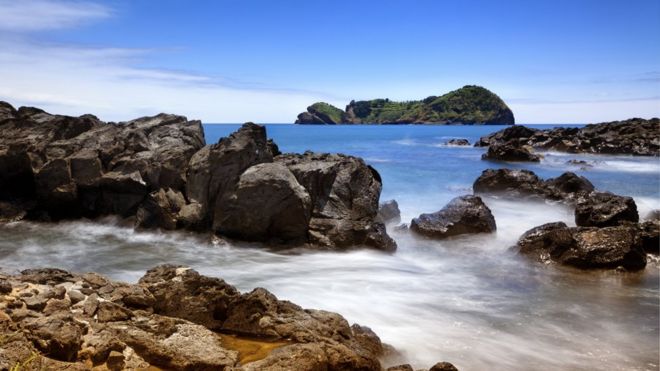
A new location has appeared on the flight routes of Europe's budget airlines - the Azores. About 850 miles off the coast of Portugal, the islands in the Atlantic Ocean were once a stopping point for Concorde. Travel writer Simon Calder asks whether they could become the next big holiday destination.
When I touched down at Santa Maria, I was disappointed not to find a sign saying "Welcome to Concorde Island". But I cheered up a few seconds later. In the middle of the pint-sized terminal, I found the Concorde Bar serving beer for barely £1 a pint - 1980s prices.
In the 80s Concorde Island as I shall call it, was one of the elite locations served by the Anglo-French supersonic jet. As Venezuela grew fabulously rich on oil, Air France chose to connect Paris and Caracas at twice the speed of sound.
The plane's thirsty engines couldn't make it all the way to South America on a single tank, and Santa Maria was the obvious pit stop: while this mid-Atlantic fragment of Portugal measures only 10 miles by six, with a population of less than 6,000, it boasts the ocean's longest runway - courtesy of a now-abandoned American base. Thus the rich, powerful and glamorous were invited to stretch their legs and perhaps visit the Concorde Bar while their aircraft was refuelled ahead of blasting off to Caracas.
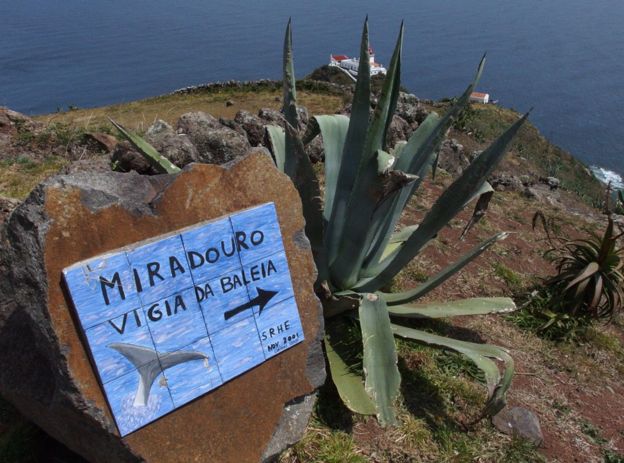

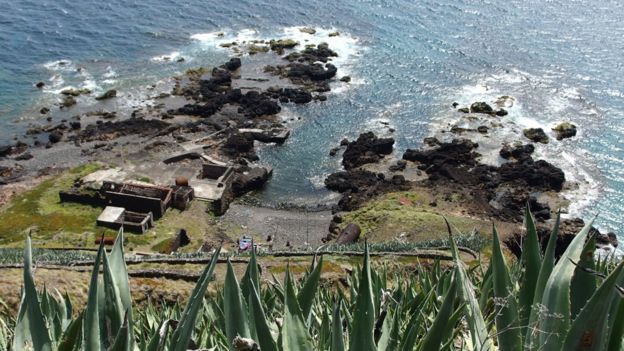
I arrived on the day's only scheduled flight - the 20-minute hop from Ponta Delgada, the capital of the Azores, on neighbouring Sao Miguel island.
I was the 13th and last passenger to board the plane, which had space for six times as many. But that unimpressive "load factor" could soon rise. I flew to Santa Maria partly because I'd long yearned to visit Concorde Island, but also to find out how the final stages of Europe's no-frills aviation revolution might play out.
Until this year, anyone without access to a private jet could visit the Azores only aboard Portugal's state-run airlines. But the government in Lisbon dismantled the barriers to entry at the start of the summer season.
Within a week, the two biggest low-cost airlines in Europe launched flights between Lisbon and Ponta Delgada.
For a round trip of 1,800 miles, Ryanair and Easyjet charge as little as £40 return, about one-fifth of the previous lowest fare.
For Azoreans, mainland Europe has suddenly switched from a once-every-year-or-two extravagance to a plausible prospect for a weekend away. And in the other direction, the archipelago's tourist industry expects a surge in the number of visitors. Which is precisely what worries some of the people living amid the benign beauty of Santa Maria.
Jetti is a petite woman in her fifties, with a certain windswept and weatherworn look that she shares with her adopted island. Four years ago, she uprooted herself from home in Luxembourg and moved here along with her cheerful chihuahua, Jimmy.
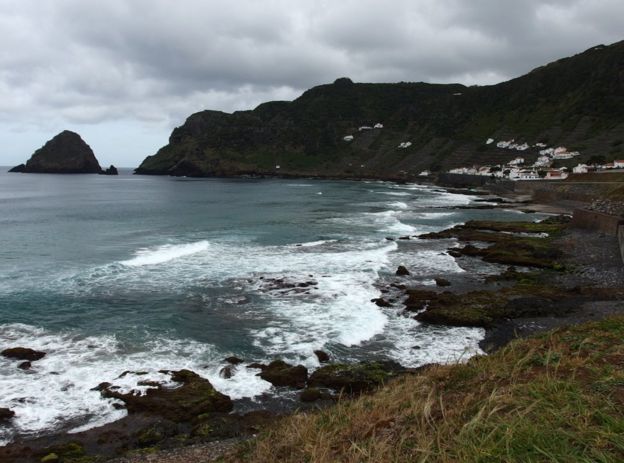
I met them on a breezy spring afternoon in Maia, a fishing village clinging to a ribbon of habitable land between the vertiginous volcanic hillsides and the ocean. It's as far as you can go from the airport along the island's main road, though it would still have been well within earshot of Concorde's deafening roar.
These days, the background noise comprises the soothing wash of the ocean over volcanic rock - a rhythmic sound strangely similar to breathing, and equally comforting. But Jetti is uncomfortable about the Azores' belated appearance on the no-frills map of Europe.
"Good for tourists, but not for us," she predicted as we patrolled the shore failing to find anywhere for a coffee. Jetti became part of the 100-strong expatriate community, she says, to escape the crowds. Now, she fears, the island will lose its carefree character as tourists converge on the only white-sand beach in the archipelago - Praia Formosa, part of a natural reserve.
Santa Maria, she says, is known as "the Algarve of the Azores," and could attract a surge of sun-seeking northern Europeans.
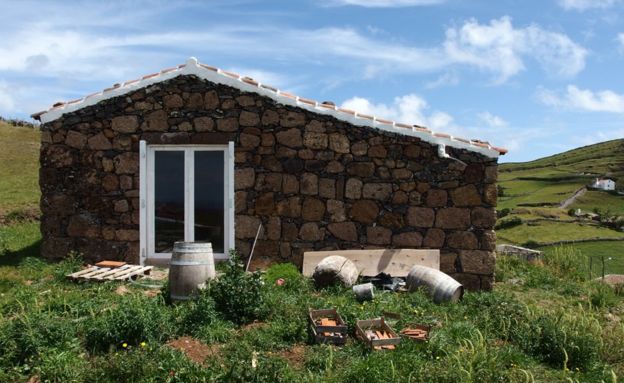
High above that beach - which has not a soul on it - I get a different view from Avelino, a builder. More visitors, he says, mean more jobs and more reasons for young people to stay on Santa Maria rather than moving to the mainland.
Along with his brother Manuel, Avelino is putting the finishing touches to a new network of overnight huts for hikers. He's resurrecting old farm buildings to cater for the kind of tourists he expects to arrive: "Nature lovers, not sunbathers," seeking solitude and a certain serenity.
A niche experience, in other words - just like Concorde.
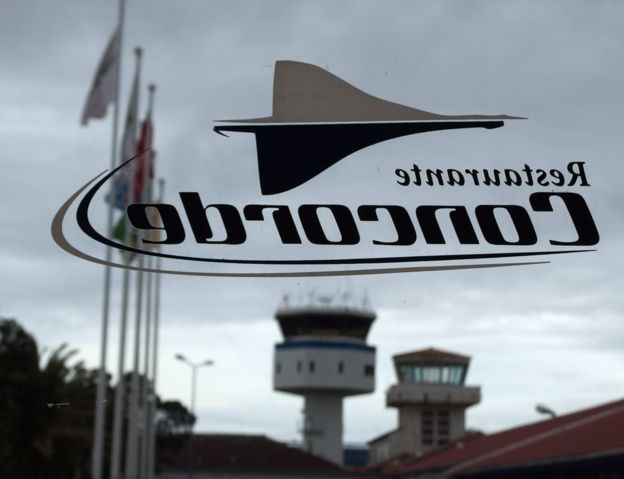
How to listen to From Our Own Correspondent:
BBC Radio 4: Thursdays at 11:00 BST and Saturdays at 11:30 BST
BBC World Service: At weekends - see World Service programme schedule orlisten online.
Subscribe to the BBC News Magazine's email newsletter to get articles sent to your inbox.

No comments:
Post a Comment